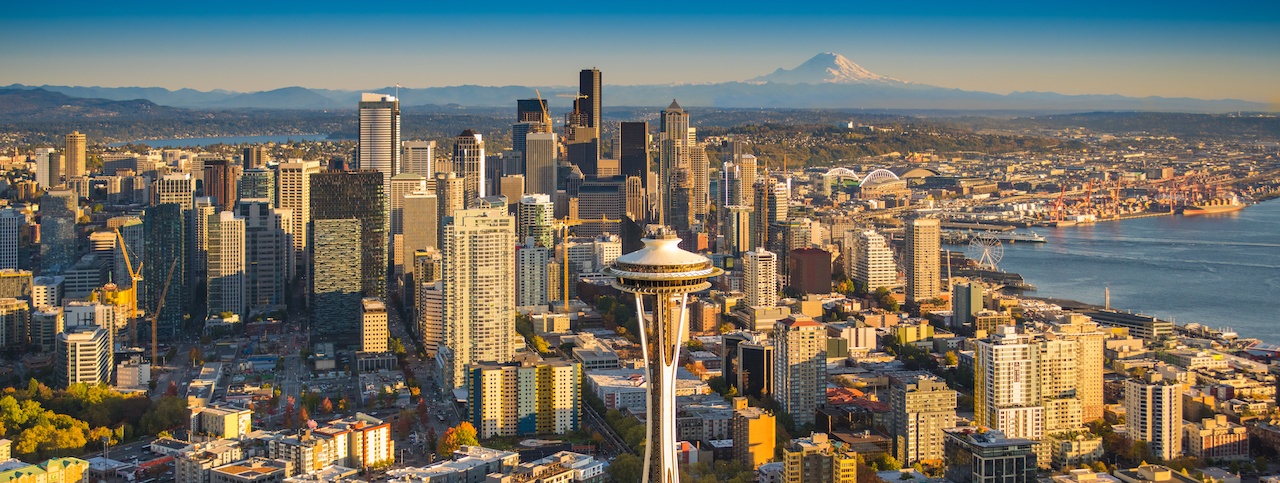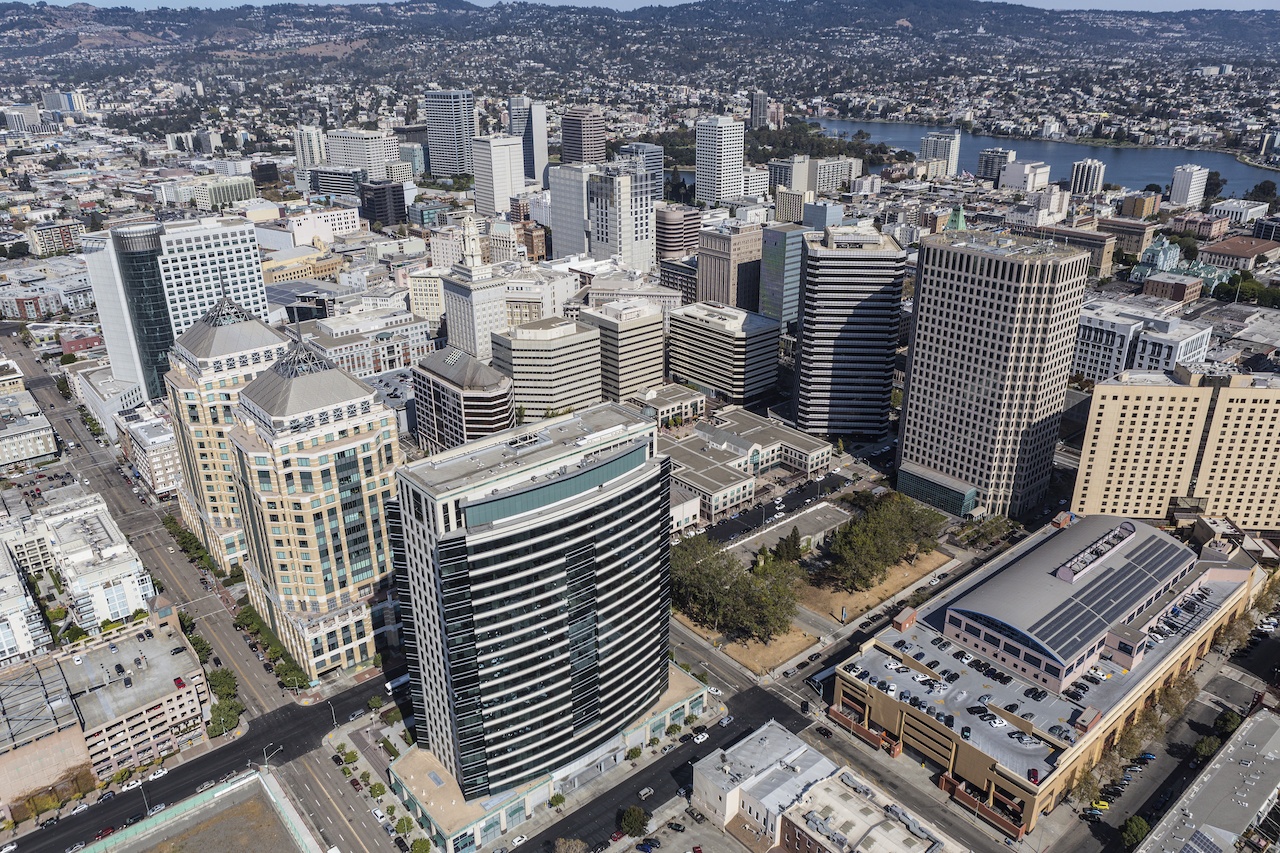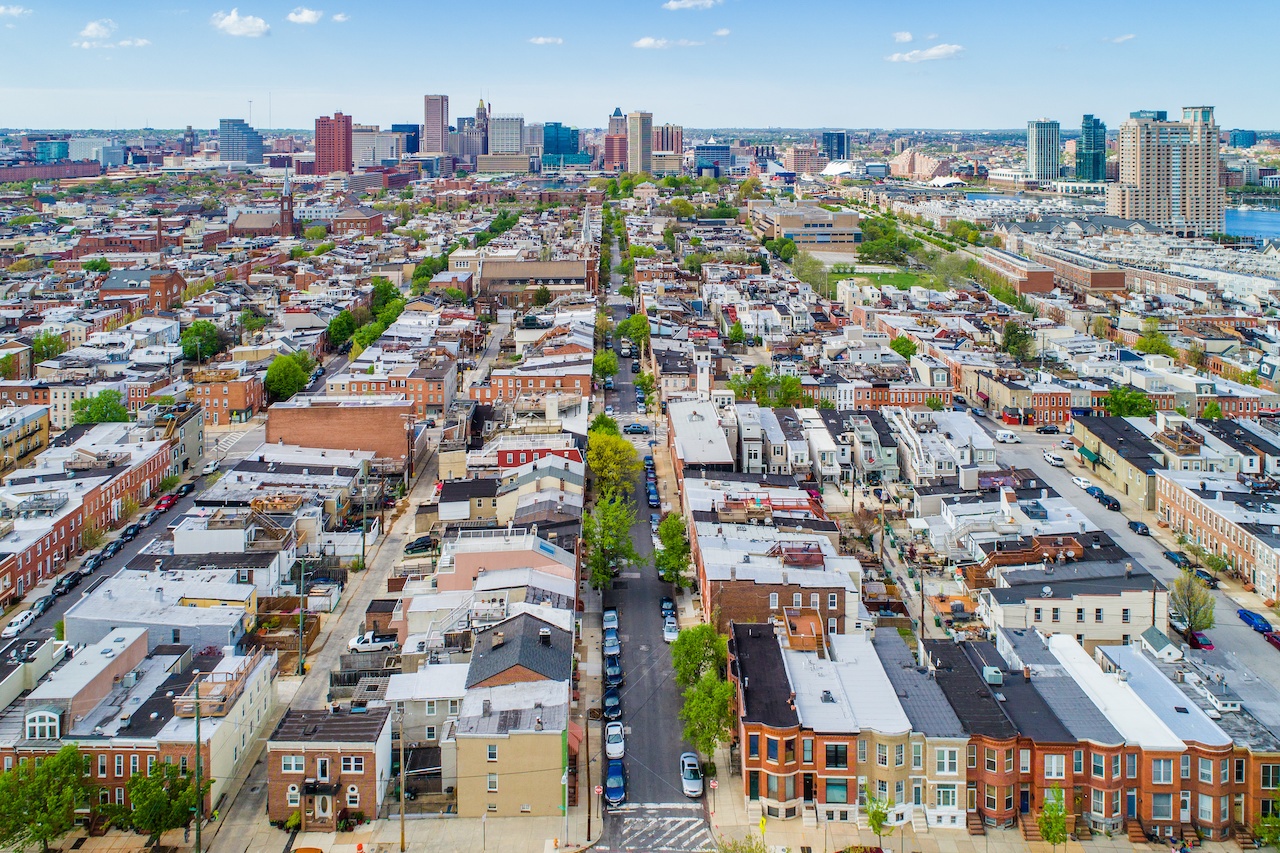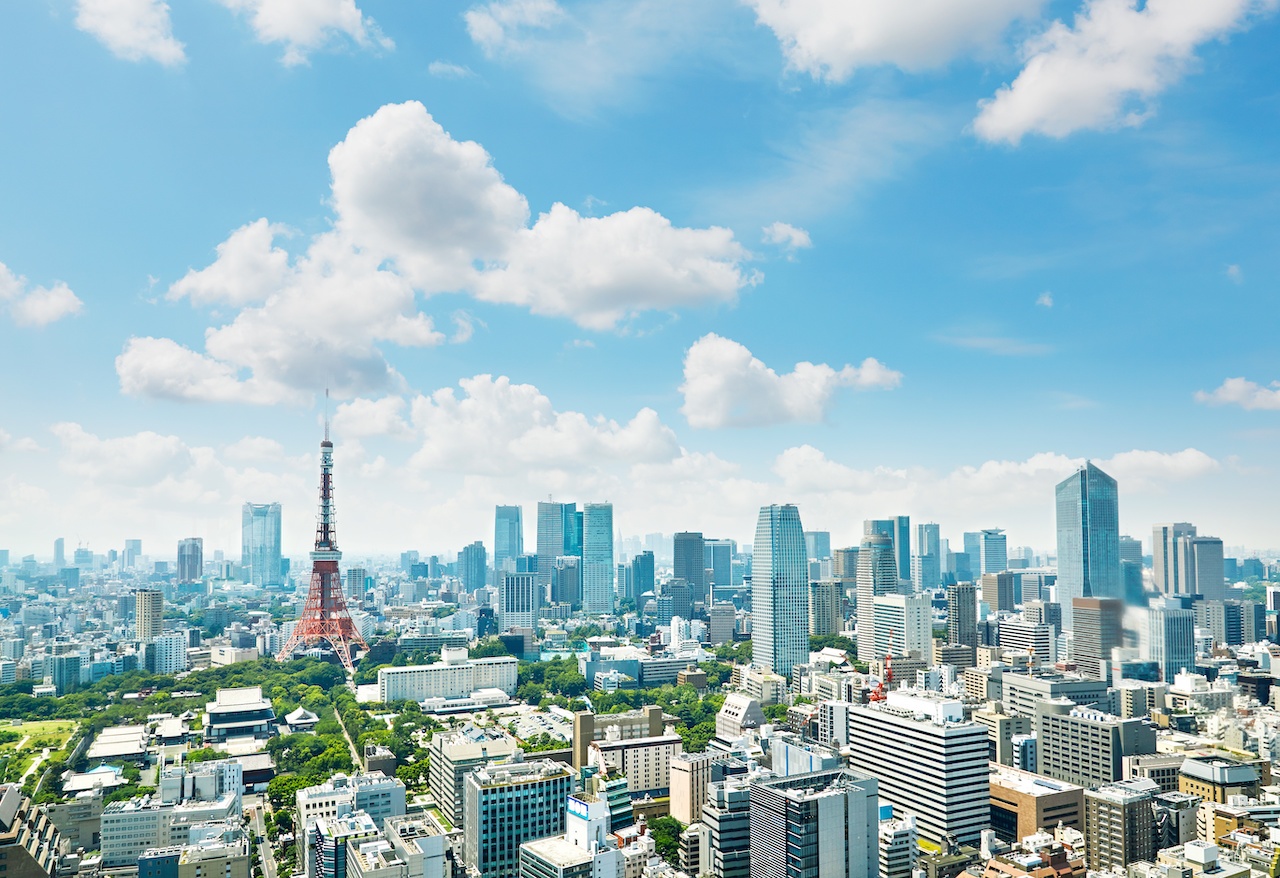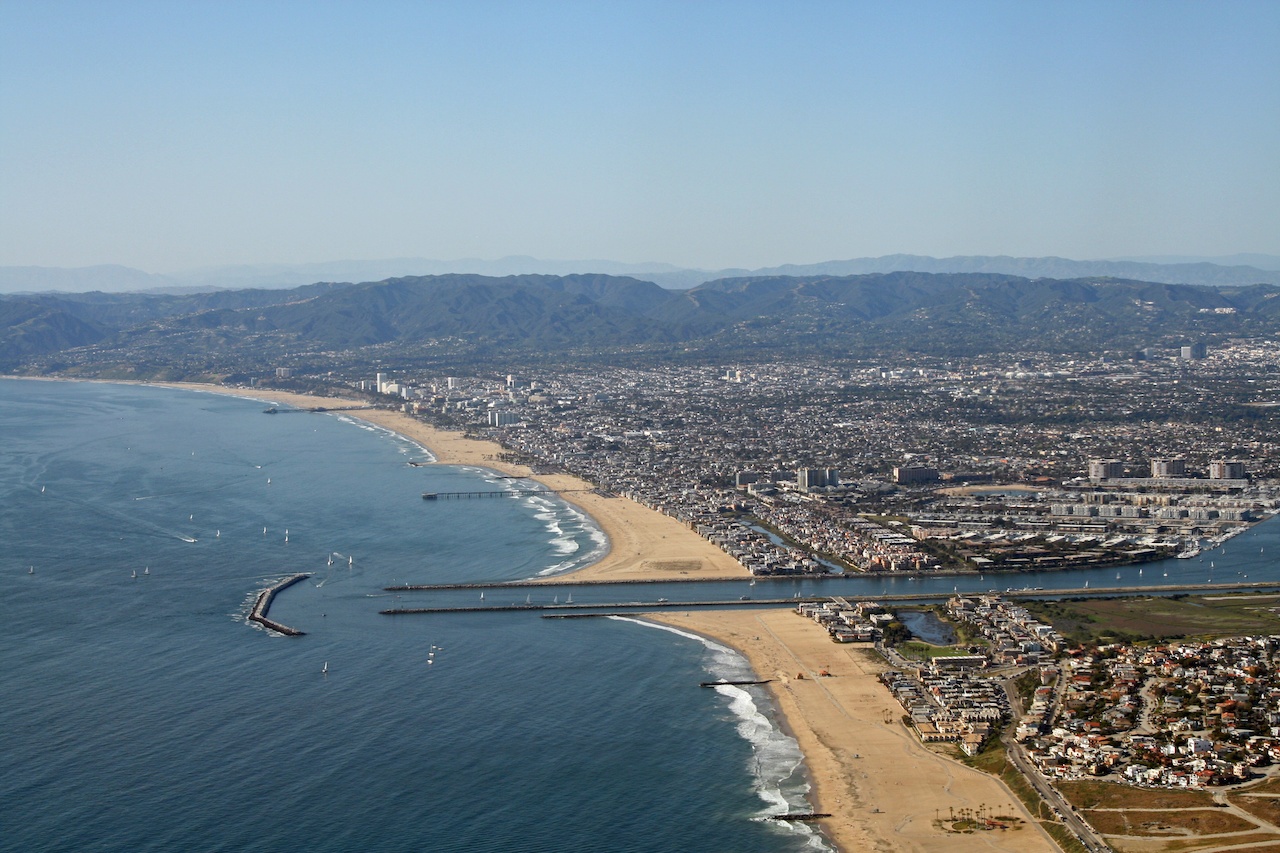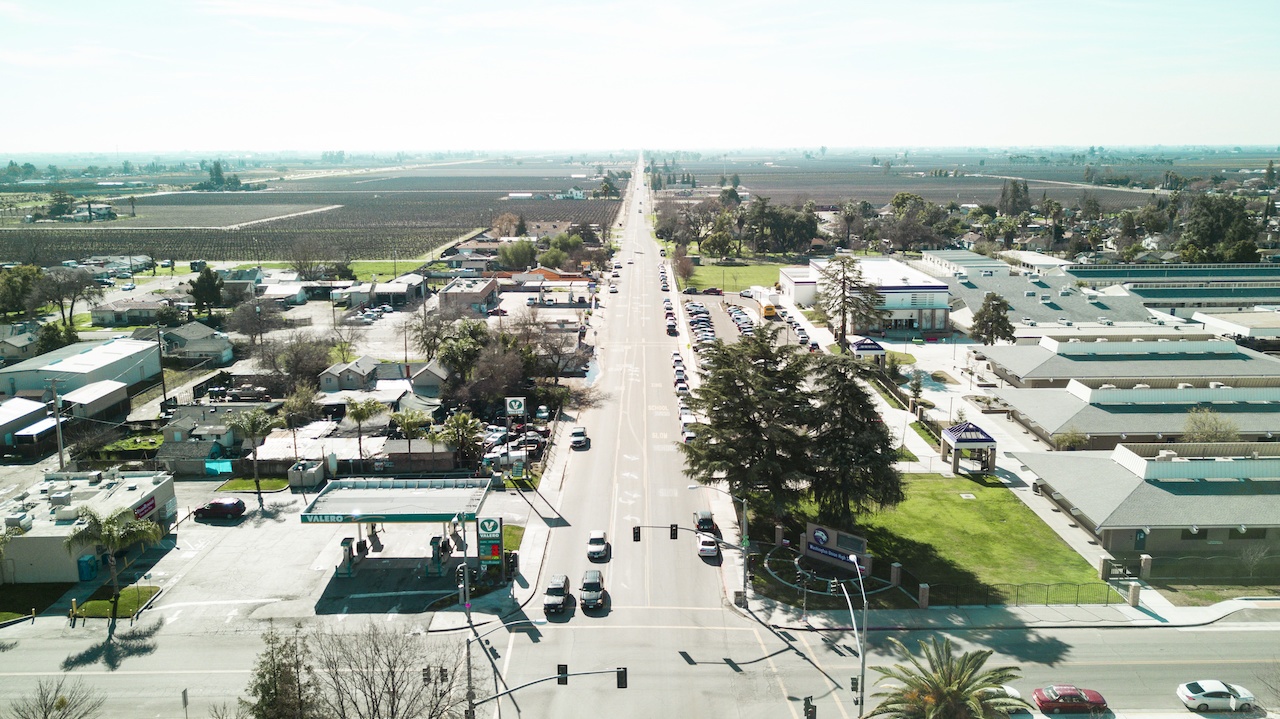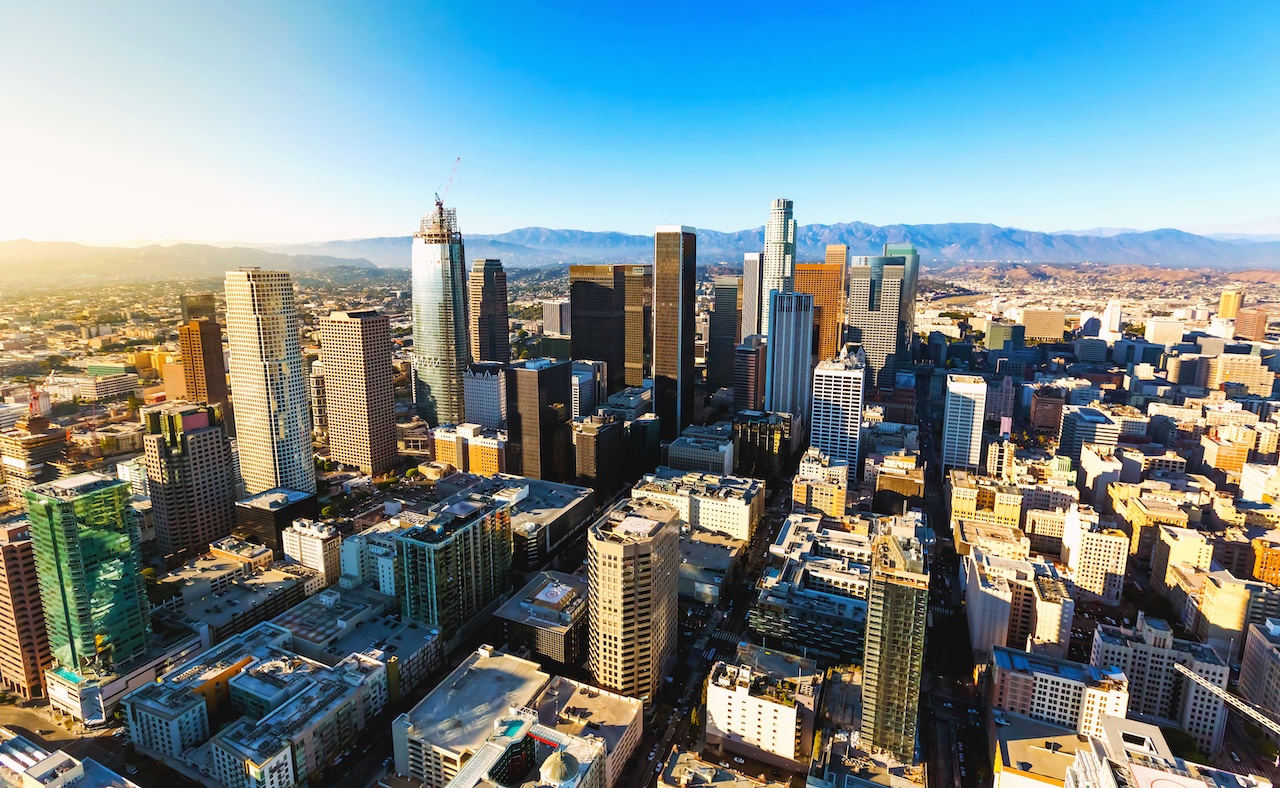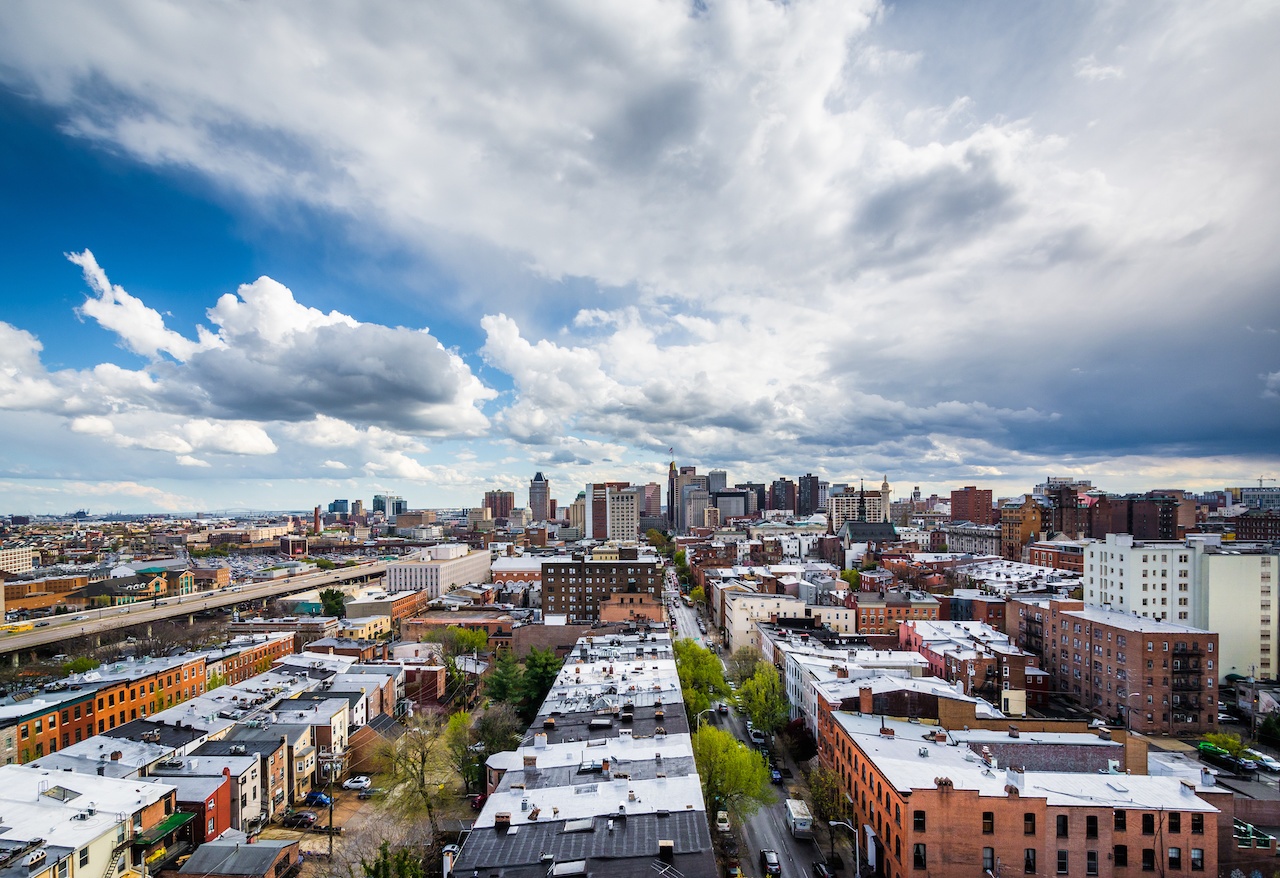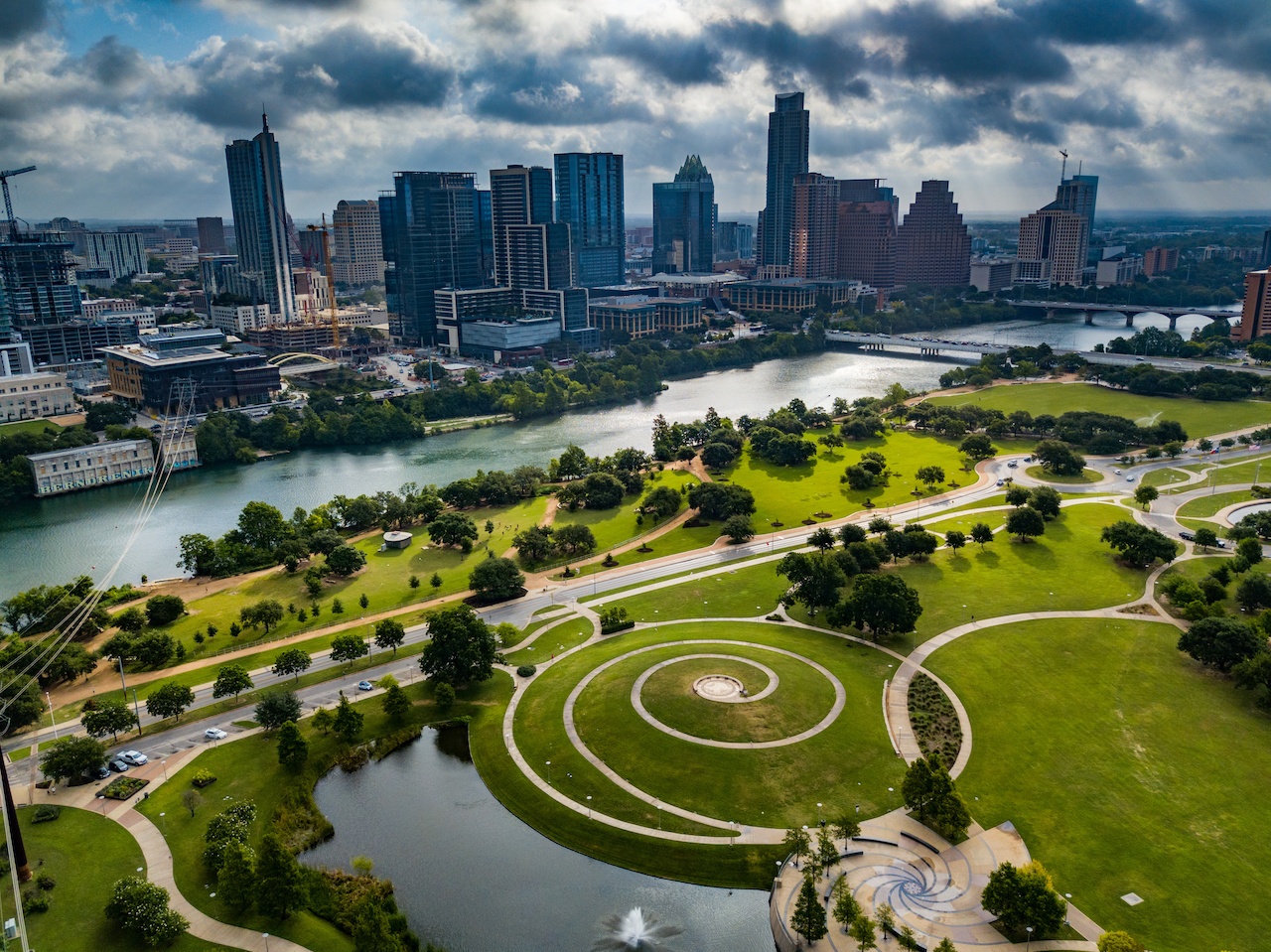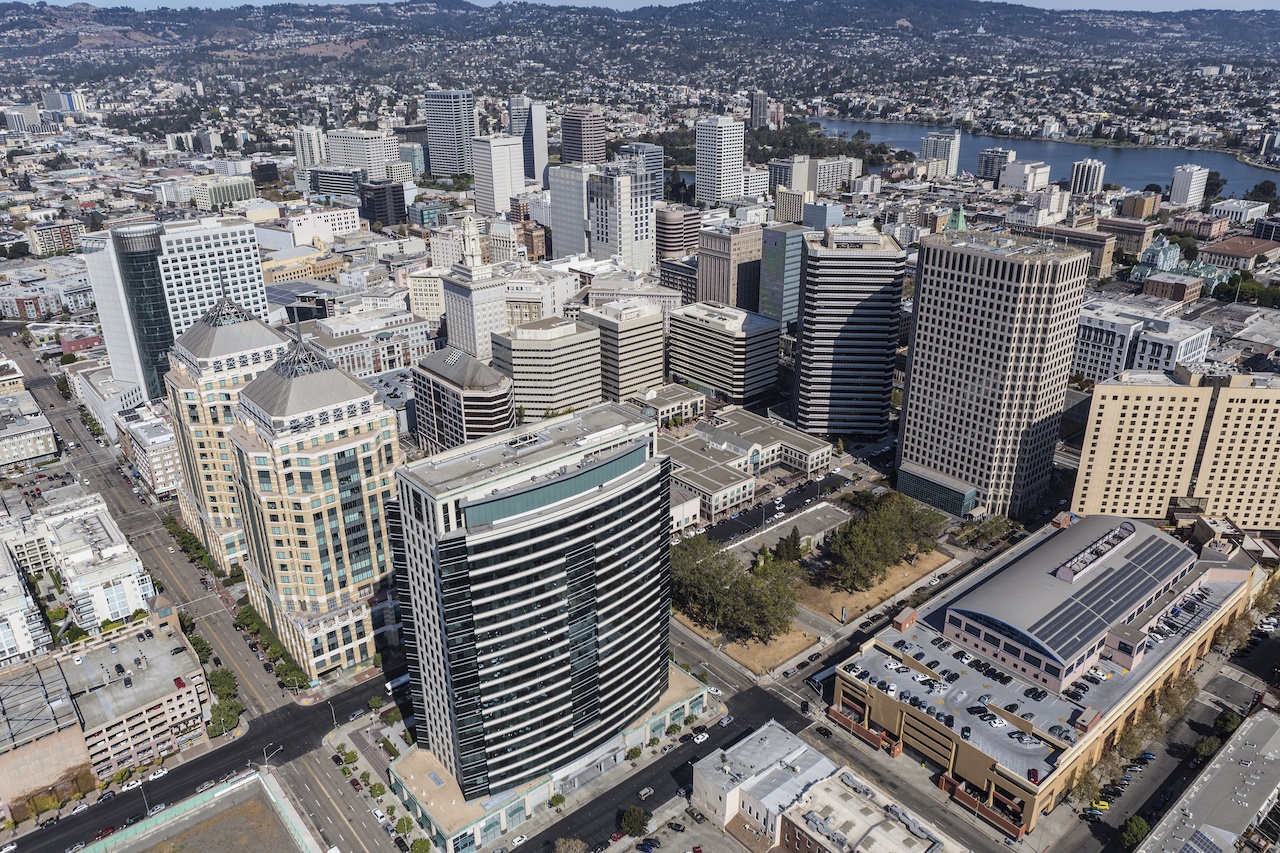Resources
A broad category of content focused on resources in cities.
Examples: energy, water, food systems, resource management
Our Cleanest Cities and their Zero Carbon Progress
In the face of our climate crisis, most of these cities have ambitious plans to become carbon neutral with zero net greenhouse gas (GHG) emissions. These cities plan to generate all electricity with renewables. At the same time that wind and solar power are being massively deployed, buildings and people are becoming more efficient, requiring less electricity.
Getting to 100 percent renewable electricity, however, does not cut even half of a city’s GHG emissions. Buildings typically use natural gas (methane) for heating, cooling, hot water, and cooking. Vehicles spew emissions by burning gasoline, diesel, natural gas, and other fossil fuels. To take advantage of renewable electricity, buildings and transportation will need to be all electric and efficient.
Oakland’s Clean Energy Economy Strategy
Oakland and other cities in California are working to end dependence on natural gas in new construction. Cities, product manufacturers, regulators, and utilities in California have been working together under the Building Decarbonization Coalition to end the use of natural gas in buildings. This coalition and its members have demonstrated the availability of electric technologies to replace gas systems in all building types, shown that all-electric new construction is cheaper to build and operate than buildings with gas, and helped educate builders and contractors to show how modern electric systems like heat pumps and induction cooking deliver better cooking and heating for homes and businesses than their gas-based alternatives.
Social Equity Through Clean Energy
The Baltimore-based Climate Access Fund (CAF), a nonprofit Green Bank, was launched in 2017 to address the gap between the community solar regulation and the way the solar market has traditionally worked. CAF provides a one-stop shop for low-income community solar, working to attract solar developers to the nascent market.
Synthetic Biology for Sustainable Cities
Every city needs a biostrategy for economic and environmental well-being.
4 Reasons Why Urban Landscapes are a Linchpin for Climate Resilience
Replacing grass with climate appropriate plants (and irrigating those plants properly) can reduce a landscape’s water needs by 70-80 percent. During the last California drought, we saw homes across the state doing this, a trend significant enough to be clear on Google Maps. This was a big part of why California’s urban communities were able to meet, in fact exceed, the emergency drought mandate of reducing water use by 20 percent.
Equity is Essential to Building a Healthy City
We, the people are a city’s greatest asset. We drive economies, pass laws, volunteer in the community, and come together in times of strife and celebration. But what happens when—by design—some of our neighbors and friends are unable to access or participate in...The Care of Forested Natural Areas in American Cities
Municipal governments and local partner organizations are the primary governing bodies responsible for improving greenspaces in cities. But unlike other public lands, they do not have formal oversight, protection, research or guidance for their care. In comparison to rural forests, urban conservation strategies are developing — often with limited data and resources to understand basic information like where they are, their condition, and how they are changing. In cities, this responsibility has been left up to local institutions and governing bodies.
As our world becomes more urban, local forests will play a primary role in conservation education and nature connection for millions of people nationwide. Ensuring healthy forests in cities is not just an important mandate for individual cities but should be considered a national priority.
How L.A. is Working Its Way to Zero Emissions
By addressing a variety of factors that add to pollution, cities can take a more comprehensive approach to mitigating the effects of climate change. For example, Earthjustice worked with the Los Angeles Electric Truck and Bus Coalition to convince Mayor Garcetti and the regional transit authority to commit to 100% zero-emission buses by 2030. The campaign brought together environmentalists, bus riders, and good job advocates who see the potential of an electrified future to clean the air, create high-quality jobs, and combat the threat of climate change.
From Waste to Wealth: Developing & Financing an Urban Wood Economy, Part 2
Fortifying the urban wood economy in Baltimore and replicating success in other cities becomes easier with a national partner who is willing to buy wood from multiple locations and has a national level impact. One of the ways that we have begun scaling is through a partnership with Room & Board, a modern furniture and home decor retailer committed to sustainable practices and American craftsmanship. The company was intrigued by the story of the deconstructed wood and the social and environmental good it was enabling.
Access to capital is another critical component to scaling and replicating the urban wood economy. Our work has explored social impact investing through a partnership with Quantified Ventures. A popular form of social impact investing is called pay-for-success financing.
Carbon+Credits for Our City Forests
A large group of stakeholders in Austin worked together to make their city forest carbon program a reality. The City Office of Sustainability, the urban forest staff, the Department of Watersheds, the Climate Program Manager, and the local non-profit tree organization, TreeFolks, have begun a multi-year program to plant hundreds of miles of streams and rivers in the central Texas area. Their focus is on water quality, storm water reductions, flood control, carbon storage, and climate mitigation.
From Waste to Wealth: Developing & Financing an Urban Wood Economy, Part 1
Post-industrial cities face a suite of interconnected problems. Reusing urban wood can be viewed as a systems solution to a complex problem – a means by which to begin to renew and revitalize lives and communities as well.
The California Roadmap to a Carbon Free Future for the Built Environment
We are on the path to obtain all of California’s electricity from carbon-free resources by 2045. This transition makes it possible for the built environment to achieve carbon neutrality by converting systems that are currently powered by fossil fuels to already available technologies powered by electricity.Decarbonizing other fuel sources is much more complicated and costly. There is a concerted effort to replace natural gas with renewable biogas and captured methane from landfills, wastewater treatment facilities, and dairies, but these sources cannot fully serve our current and future needs. As a result, we must pursue all-electric buildings to achieve meaningful decarbonization of the built environment.

